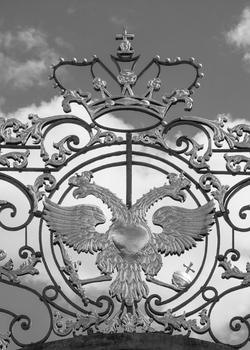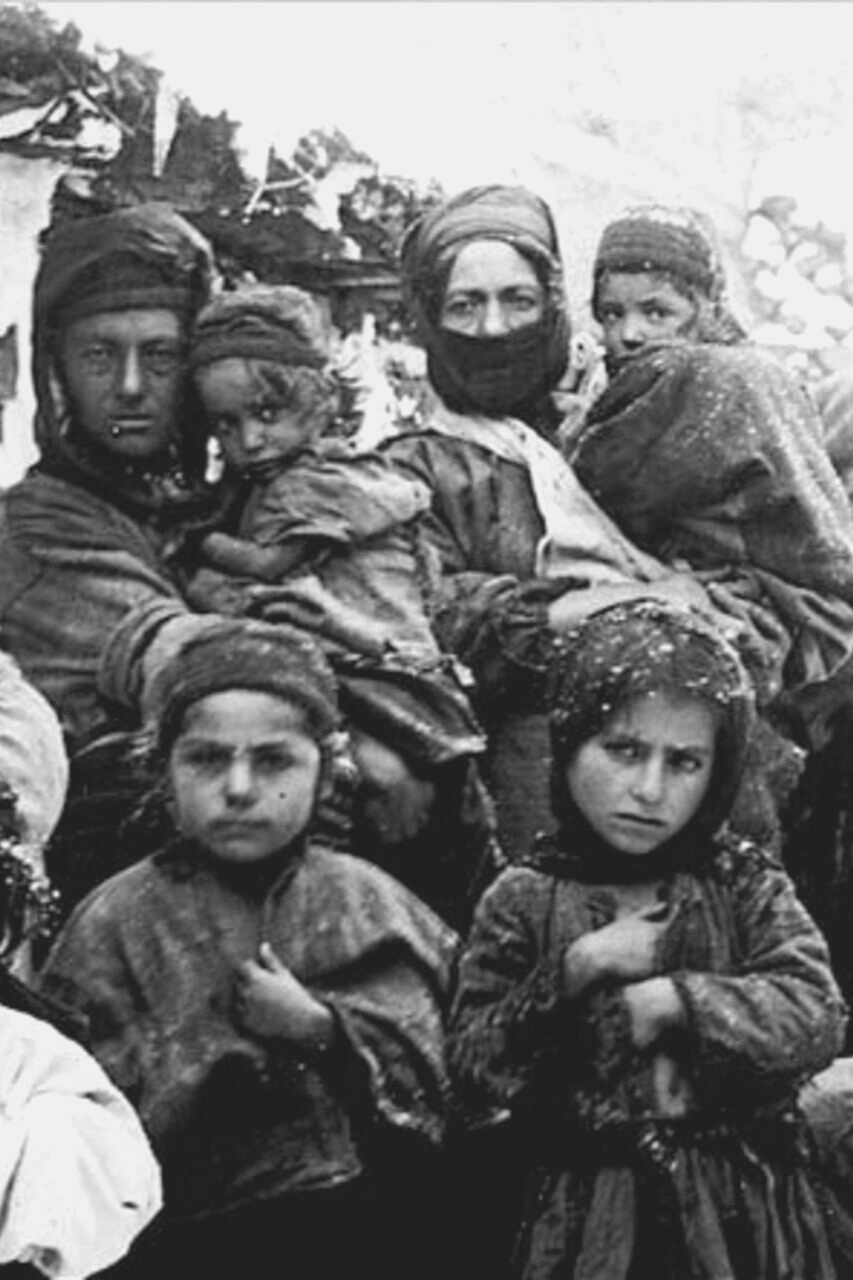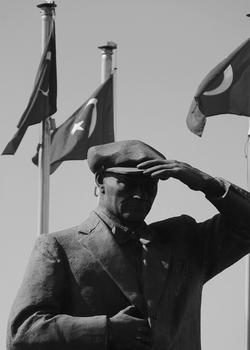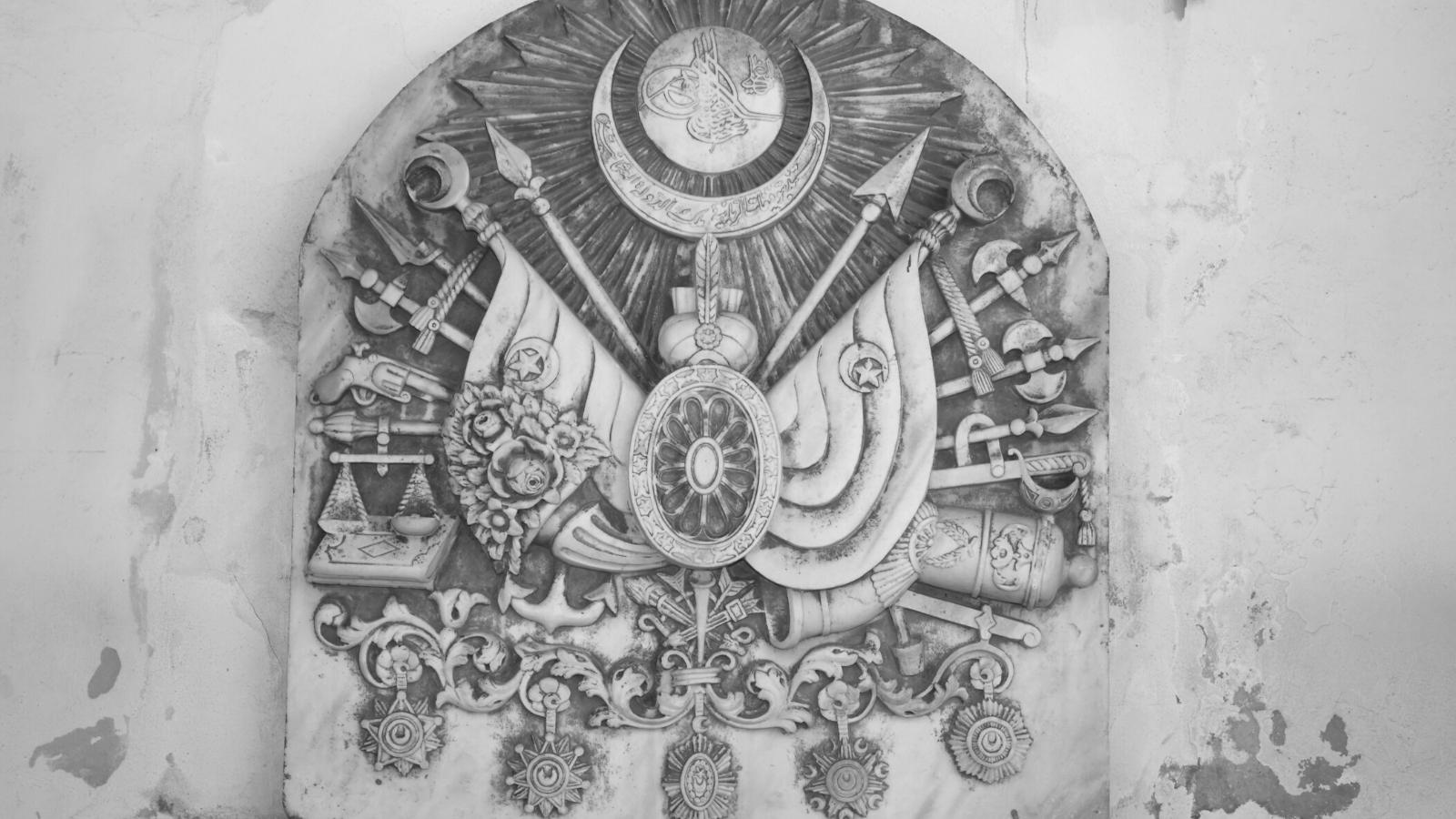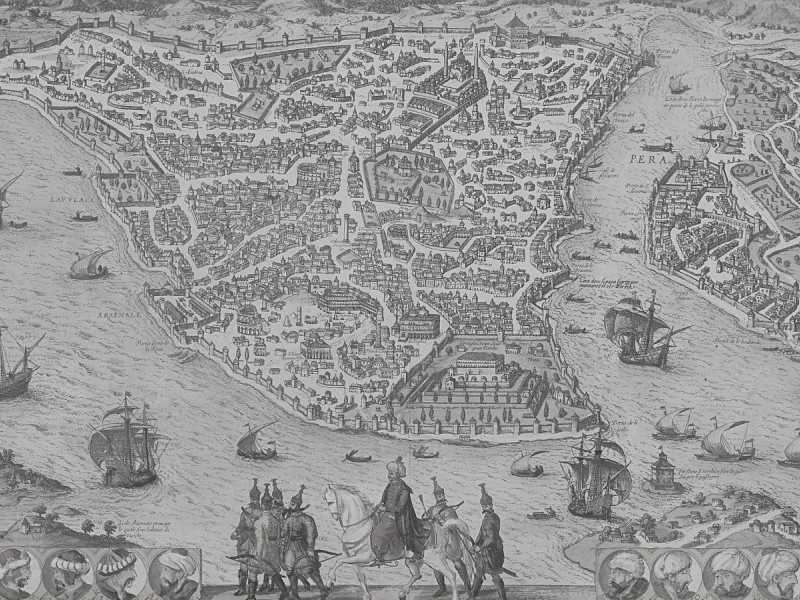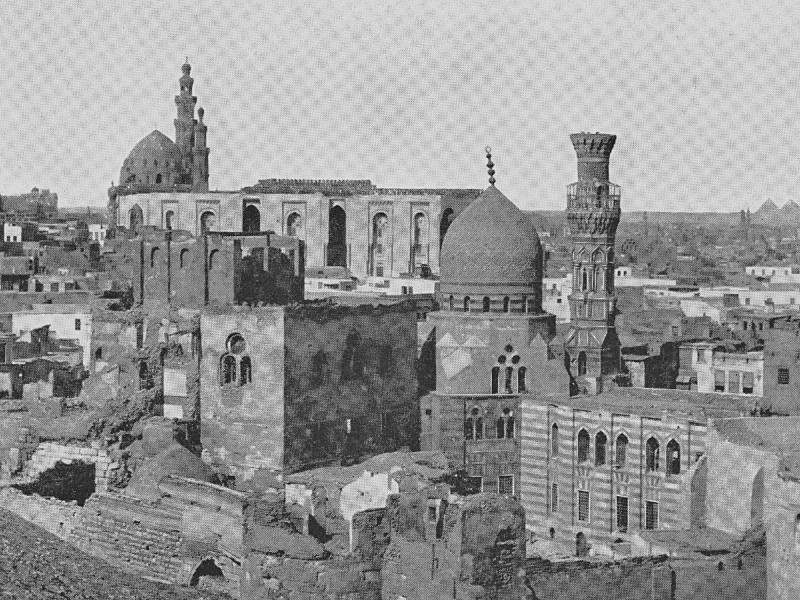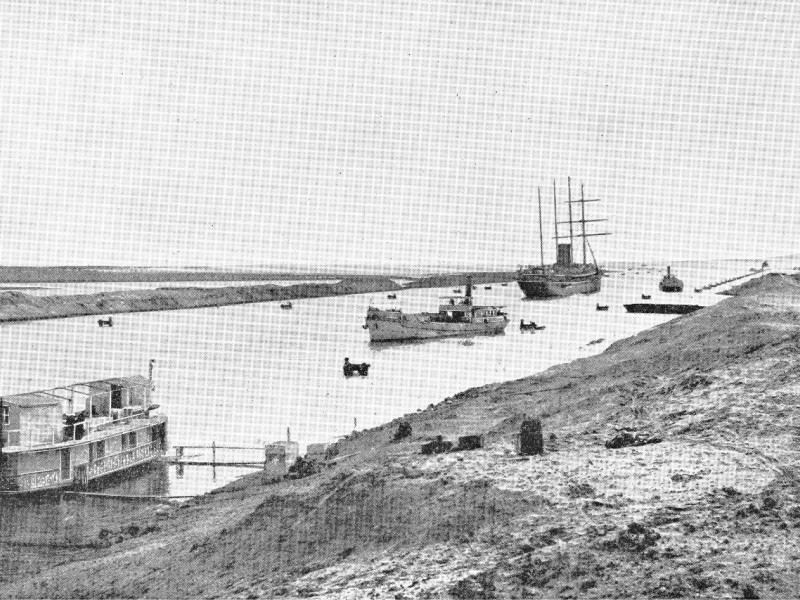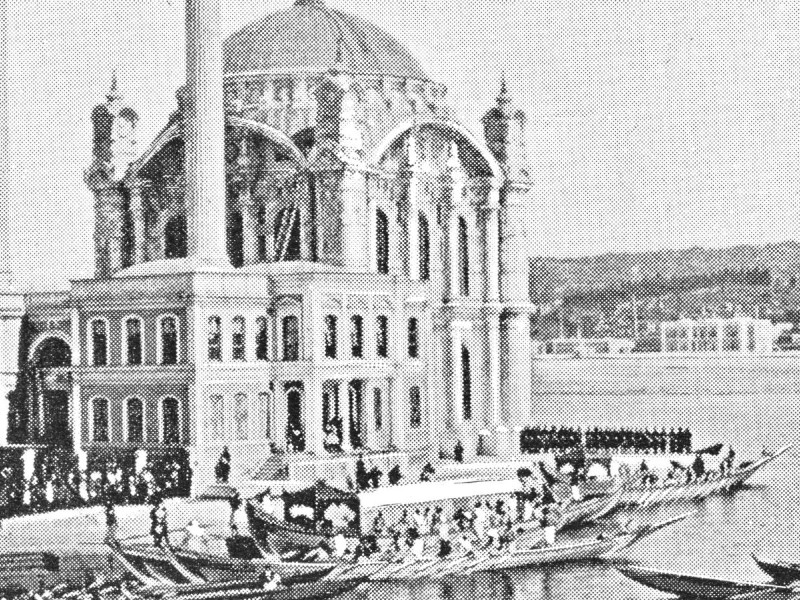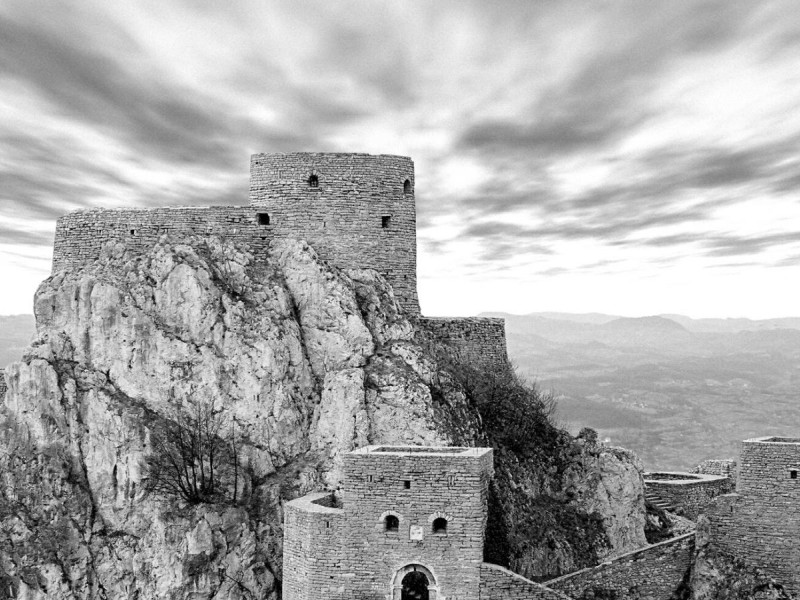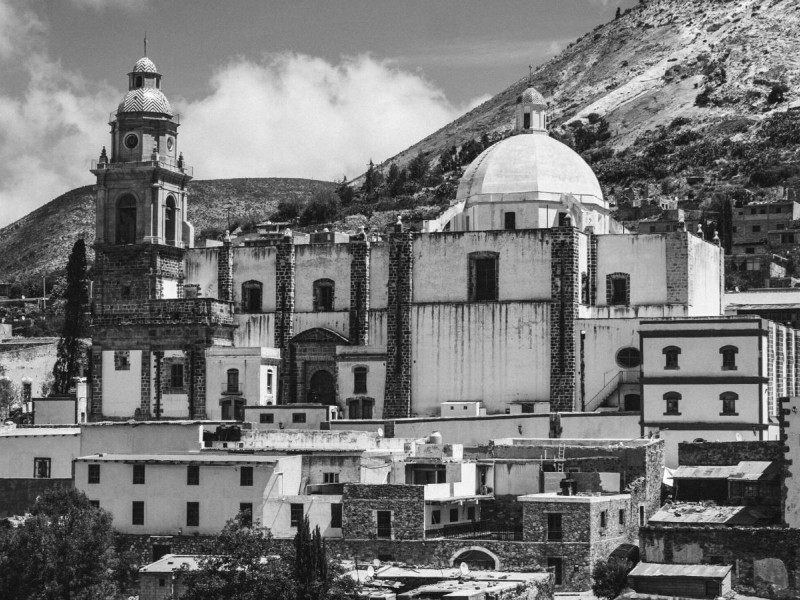What Happened to the Ottoman Empire After WW1 and How It Collapsed
The Ottoman Empire after WWI experienced a steady decline in power and influence. The once-great empire started breaking up into fragments till its fall in 1922.
Learn the reasons that led to the collapse of the Ottoman Empire, and then find out how many states rose out of the empire here.
A Brief History of the Ottoman Empire
The word Ottoman was a corruption of the name Uthman or Osman – he was the founder of the Ottoman Empire and its first ruler. Uthman hailed from Anatolia where he was a regional ruler. He gathered Turkish tribes and founded the empire in 1299.
The Empire expanded through wars and conquest of other lands. Under Mehmed II, the empire captured Constantinople. Constantinople was the capital of the Byzantine empire and its capture marked the end of Byzantium. The Ottomans then took control of Byzantium and expanded their empire.
They changed Constantinople’s name to Istanbul and maintained it as the capital of their new empire. Soon, Istanbul became the center of international trade. Moreover, the kingdom continued to expand and in 1517, they added Syria and Egypt to their collection of countries.
The Ottoman Empire reached its peak in the middle of the 16th century. Under the kingship of Suleiman I, the Ottoman Empire achieved considerable fame and wealth. He was both a religious and political leader whose conquests included parts of Eastern Europe.
The Decline of the Ottoman Empire
At the height of its power, the Ottoman Empire included Western Asia and Northern Africa. Its army was the most feared and the empire made valuable contributions to health science and technology. However, several events led to the eventual collapse of the empire. Beginning from the 17th Century, the Ottoman’s power and influence began to dwindle.
The 18th century saw the rise of rival empires, the Habsburg and Russian Empires. These empires had military sizes and technologies that dwarfed the Ottomans. By the 17th century, some European countries formed the Holy League to stop the Ottomans. Finally, in the 18th century, the Greeks and Serbs rebelled and won against the Ottomans.
The centuries of war with the Russian Empire also destabilized the country. What’s more, the Greeks and Serbs, who were under Ottoman rule, also rebelled. This further weakened the empire as its armies were stretched beyond their limits.
Later, the Russians formed a league with the Greeks, Serbians, and Montenegrins known as the Balkan League. Together they fought and defeated the Ottomans in 1913. These events culminated after WWI and brought the once-great empire to its knees. The Ottoman Empire became a pale shadow of its glorious days.
What Happened to the Ottoman Empire After WWI
Partition of the Ottoman Empire occurred after WWI. After that, the empire became too big to manage and was already in decline. Also, the Ottoman Empire took part in World War I and fought for the Germans. Thus, when the Germans lost the war, it spelled doom for the Ottomans.
The Ottomans Sign the Armistice of Mudros
The Ottoman Empire signed the armistice to bring an end to the war between it and the Allies. The warring parties signed the armistice in Mudros, a town in Greece, and it is what signaled the end of the Ottoman’s involvement in WWI. The former enemies signed the armistice in 1918 with various conditions.
Part of the conditions was that the Ottoman Empire was to abandon its military installations around Anatolia. Another requirement was that the Ottomans had to allow Allied troops to occupy parts of their Empire. This move was to guarantee that the Ottomans would not pose a threat down the road. The agreement also warranted that the Ottomans handed over the forts at Dardanelles and Bosporus.
Next, the Allied forces asked the Ottoman Empire to decommission its troops. Other ports and Ottoman military installations had to be surrendered to the Allies. They also had to give up lands in Caucasia and allow the occupation of Istanbul.
All these conditions led to the diminishing of the empire, but that was not all. The Ottomans had to sign another treaty that resulted in the further breakdown of the kingdom. Later, the Allied forces dissolved the Ottoman parliament. This was because the Turkish representatives thought that the conditions were too harsh.
The Ottomans Sign the Treaty of Sevres
The last straw that broke the camel’s back was the Treaty of Sevres. Signed in 1920 between the Allied forces and the Ottomans, the treaty led to the empire’s collapse. It placed financial, territorial, and military restrictions on the empire. But, interestingly enough, the treaty also ensured that most of the crimes committed by the Ottoman leaders wouldn’t go unpunished.
Financial Restrictions on the Ottoman Empire
The Allied forces controlled the empire’s finances after WWI. They were responsible for directing the financial affairs of the kingdom, including the Imperial Ottoman Bank. The Imperial Ottoman Bank functioned as the central bank of the empire. The Allied Forces also instituted economic laws that further punished the Ottomans.
The Allied Forces also prevented the Ottomans from charging duties on goods passing through their territory – they were to grant free transit to people using their routes. Moreover, the Allies changed the tax system of the Ottomans. As a result, import and export duties underwent revision as well.
All these financial restrictions further crippled the Ottoman economy. Consequently, the once-powerful Islamic state was now on its knees.
To prevent them from receiving help, the Allies forced the Ottomans to liquidate all the properties of their allies. These were properties of Ottoman allies located within the borders of the kingdom. For instance, the Baghdad-Berlin Railway funded by the Germans was handed over to the Allies.
The Restrictions on the Ottoman Military
The Allied Powers also placed severe sanctions on the kingdom’s military. The restrictions reduced the Ottoman military to a little over 50,000. In addition, the number of their warships was reduced to seven, and their torpedo boats decreased to six.
The sanctions also meant the Ottomans couldn’t establish an air force. Thus, the empire’s military was also weakened and rendered ineffective.
The treaty requested that all who were responsible for the Armenian genocide be punished. So, the Ottoman Empire had to surrender the guilty persons for trial.
The Armenian genocide took place during World War I where the Ottoman Empire oversaw the death of a million Armenians.
However, the case never took off because of the suspension of the tribunal.
The Partition of the Ottoman Empire After WW1
The partition of the Ottoman Empire started after WWI in 1918 and ended in 1922. The division led to the founding of Turkey and the Arab world. Britain, France, and Italy were the primary beneficiaries of the partition, with their soldiers occupying Constantinople.
After the Treaty of Sevres, the Allied forces wanted to split Turkey among Britain, France, Italy, and Greece. However, the Turkish National Movement resisted through a series of wars against the Allied Forces.
The Turkish National Movement was a revolutionary group founded in 1919. The group’s main objective was to unite all the factions against the partitioning of the empire. Its leader was Mustafa Kemal Ataturk, who also was instrumental in founding modern-day Turkey.
France Receives A Part of the Ottoman Empire
The partition of the kingdom saw France receiving Syria and Lebanon. Thus, France was responsible for governing and protecting these parts. Unfortunately, the French met with hostilities as they tried to exercise their mandate over these lands. As such, the French further partitioned Lebanon into five sub-regions.
Britain Receives Its Share of the Ottoman Empire
The British received Mesopotamia and Palestine. However, they faced a conflict with France over the city of Mosul. Initially, Mosul was under the French in an agreement signed in 1916. These conflicts came to an end after the 1923 Treaty of Lausanne.
Under the treaty, Britain received Mosul as its protectorate. Further conflicts between the people of Turkey, Britain, and France erupted. All these conflicts stopped when Iraq became independent in 1932.
The British administered the Palestinian region in 1917 during WWI. After WWI, the British once again received Palestine as its share at the Versailles Peace Conference.
The Further Partitioning of the Ottoman Empire
After the empire collapsed, the Arabs took control of the Arabian Peninsula and created several states. Some of them included the Kingdoms of Hejaz and Nejd. Later, these two independent kingdoms merged to become the Kingdom of Saudi Arabia.
Finally, in 1918, the Kingdom of Yemen attained independence, and the Arab States around the Persian Gulf fell under British control.
The other remaining parts of Anatolia were to be divided between Russia, Italy, Britain, France, and Greece. However, several conflicts ensured assigning the divisions never happened. The Turkish National Movement succeeded in its endeavors and became independent in 1923.
Summary
In our article, we covered the breakup of the Ottoman Empire after WWI.
Let’s take a look at the critical points of the information we provided:
Division of Ottoman Empire started after WWI
The Ottomans fought alongside the Germans, so the defeat of Germany spelled doom for the empire
The Allied Forces and the Empire signed the Treaty of Sevres, which gave the Empire control over to the Allied Forces
The Treaty of Sevres also gave control of the Ottoman finances and military to the Allied Forces
This further weakened the Ottoman Empire, which was on the verge of collapsing
The Ottoman Empire collapsed in 1922 when Turkey became independent.
The events of WWI sped up the collapse of the once-great empire which led to its division. Finally, it’s worth mentioning that the partitioning of the Ottoman Empire gave rise to several states, including The Republic of Turkey.

